Connectors Ease Installation Difficulties, Save Space in LED Lighting Designs
投稿人:电子产品
2015-10-20
One of the biggest challenges that LED lighting designers face is finding the right connector to fit their design’s form factor. This is becoming a bigger problem as improvements in LEDs and optics open up opportunities for greater design flexibility. That, in turn, translates into the need for interconnects that can fit into these new applications while also still providing the reliability and durability required by long-life LEDs.
Connectors should not be the last part specified in a LED lighting assembly. Beyond having to fit into tight spaces they also must meet a variety of environmental specs, depending on the application, such as temperature, humidity, and vibration. In addition, they also need to provide easy assembly and secure connections. Space and costs-savings also are a plus for these designs.
This article will examine notable examples of the latest connectors meeting many of these requirements. We’ll take a look at connectors from FCI, Molex, Phoenix Contact, and TE Connectivity, specifying applications where they can provide engineers with a good design solution.
In wire-to-board applications, two connector lines from FCI are well-suited for LED lighting. FCI recently expanded its RotaConnect family with a wire-to-board (WtB) solution. The 3.00 mm pitch RotaConnect WtB (Figure 1) features a dual-beam spring contact design, and a passive latch for housing retention. The housing, available in two and four positions, protects the pins and prevents mismatching. The big benefits here are connection reliability via the dual-beam spring contact design and pin protection during connection mating.
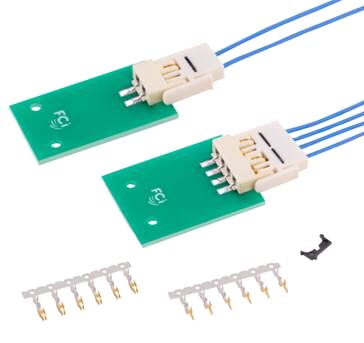
Figure 1: The FCI RotaConnect wire-to-board connectors feature dual-beam spring contact for connection reliability, and housings that protect the pins from damage during connector mating.
The RotaConnect WtB provides power to the LED printed circuit board (PCB) in a string of rigid LED light strips. The contacts accept stranded copper wire with wire ranges from 30 to 22 AWG and the maximum current rated is up to 5 A. The operating voltage is 125 VAC and temperature range is -40°C up to +125°C. These connectors can be used for control boards, sensors, actuators, rigid LED strips, and automatic lighting. In addition, the connector mates horizontally with the existing board-to-board version.
FCI also offers the Griplet miniature IDC connector (Figure 2) for wire-to-board terminations. A key parameter of this connector is its compact size: a 4.0 x 6.1 mm footprint and 3.7 mm height. This makes the connector well-suited for a host of applications, such as LED lighting, automotive, sensors, and automation controls that have space constraints and where ease of installation is a big consideration.
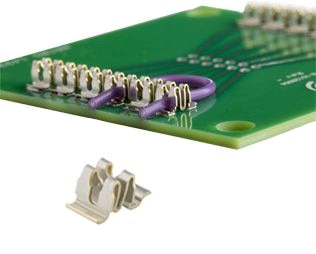
Figure 2: One of the biggest advantages of FCI’s Griplet miniature IDC connector is its small footprint and low profile, making it well-suited for applications with space constraints.
The Griplet connector is designed for a stackable pitch up to 12 positions with common housings available to secure and protect terminated components. It provides a reliable connection where direct connection between individual wires and PCB are required. The connector also supports multiple wire sizes.
A wire-to-board connector system from Molex also provides greater design flexibility along with a wide range of mechanical and electrical options (Figure 3). The CLIK-Mate 1.50 mm wire-to-board system (receptacles, contacts and housings) includes top-mount options as well as bottom-entry versions, which provide capabilities for multiple applications that require the mating configuration to come from underneath, including solid-state lighting applications. The connector system also can be used in a host of other apps such as gaming machines, LCD TVs, PCs, servers, hubs and routers, factory automation equipment, medical equipment, and automotive infotainment.
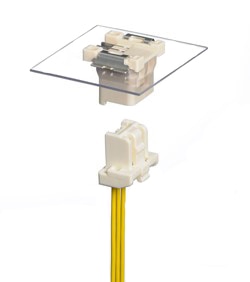
Figure 3: Molex’s CLIK-Mate 1.50 mm wire-to-board system features a bottom-entry version that is applicable for mating configurations in solid-state lighting applications for space savings and easier assembly.
What’s key about the newest bottom-entry version is that it enables more direct mating access compared to traditional right-angle versions, delivering space savings and easier assembly, both benefits in LED-lighting applications. Other key features include dual inner positive locks with an audible click, a thumb-latch for easy insertion/extraction, a tuning-fork terminal design, and windows that provide visual confirmation of locking.
One of the most interesting connectors for LED lighting is Molex’s new TermiMate one-circuit terminal-style connector system (Figure 4) that is designed to minimize LED shadowing effect in LED lights and TV backlighting. LED shadowing negatively effects light quality.
The TermiMate is an ultra-low-profile (1.20 mm height) coplanar board-to-board and wire-to-board connector that is designed to reduce component count and assembly costs. However, the low profile is what prevents the LED shadowing, along with meeting smaller space requirements in a growing number of LED lighting designs.
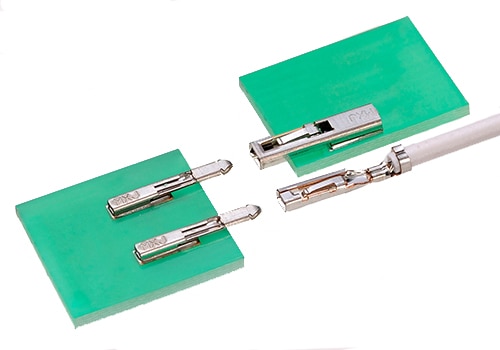
Figure 4: Molex’s TermiMate ultra-low-profile one-circuit terminal style connector helps minimize LED shadowing effect in LED lights and TV backlighting.
In addition, it’s a “simple plug-and-receptacle terminal” that makes it convenient for wire-to-board and coplanar board-to-board LED lighting configurations. The TermiMate system does not require any direct wire soldering, which reduces assembly costs and risks associated with weak solder joints that may cause LED performance issues.
Other key features include built-in floating tolerances to help prevent terminal damage during assembly and maintenance, and a friction lock for secure mating. In addition, the wire-to-board receptacle mates with the PCB crimp facing, which reduces the risk of signal conductors making contact with board circuitry, according to Molex.
Molex also offers wire-to-edgecard power connecters that aim to reduce costs by eliminating the need for mating headers for interconnection. Like many of Molex’s connectors, the EdgeMate family (contacts and housings) can be used in a variety of applications including solid-state lighting, appliances, and industrial devices.
The EdgeMate wire-to-edgecard power connectors offer a direct mount onto a PCB without additional processes, and features a “positive locking mechanism that can hook onto the PCB.” Molex says this ensures the terminals mate to card contacts and allows the assembly to function in high shock and vibration environments.
The EdgeMate system supports power applications of up to 7.0 A with UL 94V-2 flammability rating requirements. It is available in 2 to 12 circuits with positive lock housings and 3 to 12 circuits for housings without lock. The connector family also includes bifurcated terminals that allow secondary current paths for high electrical reliability. Terminals are used with 18 to 20 AWG wires.
Also aimed at giving LED lighting designers more options is the Phoenix Contact PTSM family (Figure 5) that now includes a single-pole terminal block, vertical header and through-board header. The single-pole PTSM terminal block and the vertical header target space-critical applications, while the through-board header offers additional connection options.
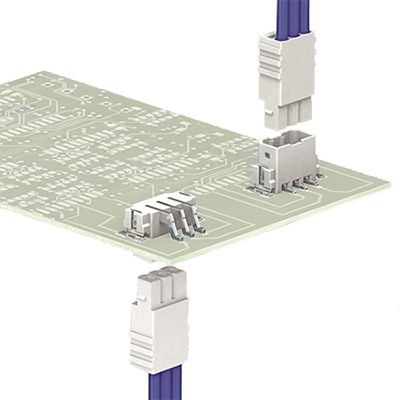
Figure 5: The expanded PTSM family from Phoenix Contact now features a single-pole terminal block and vertical headers that ease installation.
Like the original PTSM terminal blocks, the single-pole PTSM features push-in termination technology for quick wire connection, and the 2.5 centerline and slim profile make it applicable for LED installations, according to the supplier. Another benefit is that the specs for the single-pole version are identical to the original PTSM print terminal, but just now allow for a single-wire connection in a small footprint.
Although a more mature product line, TE Connectivity’s SlimSeal connectors are apropos for a variety of indoor and outdoor LED lighting applications. These are low-profile, single-row connectors that provide wire-to-wire (vertical) and wire-to-board (right angle) connections used in solid-state lighting. The SlimSeal SSL connector has an IP67 seal rating that makes it suitable for indoor and outdoor residential, commercial, and architectural applications exposed to wet environments. Key features include UV-resistant wire-to-wire and wire-to-board configurations, SMT and through-hole headers, positive integral latching and pre-assembled seals. The polarized connector accepts 18 through 24 AWG stranded wire.
Also addressing ease-of-installation and space issues is TE Connectivity’s inverted thru board (ITB) connector family that delivers power connection from the driver boards to the underside of the LED array boards, providing for a simpler assembly of LED lighting in architectural, residential, and commercial applications. A variety of versions are available including high-power SMT and card edge connectors.
In summary, whether the lighting application is for indoor or outdoor applications, the interconnect is the key component that ensures a reliable and secure connection for the lighting system. This means connectors should not be an afterthought when selecting components for the LED lighting assembly. When selecting a connector, consider space constraints and installation issues as well as environmental factors. Another key characteristic that all lighting designers should look for when evaluating connectors is ease of use.
For more information about the parts discussed in this article, use the links provided to access product pages on the DigiKey website.
免责声明:各个作者和/或论坛参与者在本网站发表的观点、看法和意见不代表 DigiKey 的观点、看法和意见,也不代表 DigiKey 官方政策。








